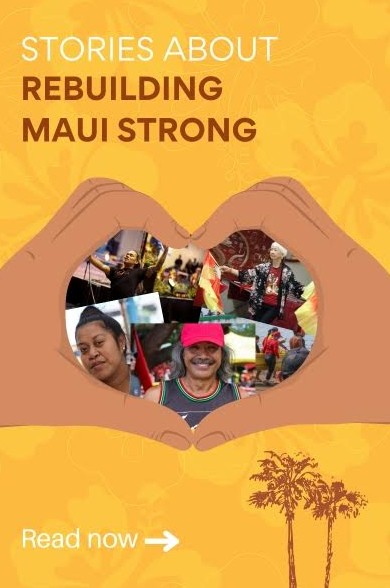 Income equality in the United States is greatest among Asians, a new study by the Pew Research Center found. According to the study, Asians have now replaced Blacks as the most economically divided group in the United States.
Income equality in the United States is greatest among Asians, a new study by the Pew Research Center found. According to the study, Asians have now replaced Blacks as the most economically divided group in the United States.
The analysis found that income inequality has widened for all major racial groups, highlighting the severity of income inequality in the United States. The income gap between the top 10 percent of earners and the bottom 10 percent grew by 27 percent for all Americans from 1970 to 2016. Asians, however, saw the largest widening in the income gap. The gap between the top and bottom earners grew by 77 percent.
On the surface, Asians may seem like the most well-off racial groups in the United States. According to the analysis by Rakesh Kochhar and Anthony Cilluffo, Asians enjoy the highest median annual income compared to other groups with a median annual income of $51,288. On average, Asians are the highest-earning ethnic and racial group in the United States. Averages, however, do not tell the whole story.
“No group is monolithic. Asians are often pictured as the highest-achieving group in America,” said Kochhar to USA Today. “There is plenty of economic division within each racial or ethnic group. But Asians are the most economically divided or diverse group in America.”
The 77 percent growth in the income gap means that while Asians in the top 10 percent may be earning more than members of other racial groups, their peers in the bottom 10 percent could be earning a lot less. In fact, the analysis found that on average Asians earned more than all other racial groups except for in the 10th percentile. In 2016, Asians in the bottom 10 percent made less on average than whites in the bottom 10 percent. White adults in the bottom 10 percent earned $15,094, while Asian adults in the bottom 10 percent earned $12,478.
Kochhar and Cilluffo attribute part of the rise in income inequality among Asians to differences in education levels and immigration. The growth of the Asian population in America is largely due to immigration. The census data Kocchar and Cilluffo studied from 1970 to 2016 indicated that about 81 percent of the Asian population growth during that time period can be attributed to immigration.
How does a large immigrant population contribute to the rise in income inequality among Asians? Kocchar and Cilluffo believe the answer lies partly in the differences in skill levels of Asian workers who come to the United States. From 1970 to 1990 the number of Asian immigrants working low-skill jobs increased while the number of Asian immigrants working high-skill jobs decreased. This influx, they argued, was a result of immigration policies that favored family reunification and the end of the Vietnam War, which led to an influx of refugees.
Then, in 1990 there was an increase in the number of Asian immigrants working high-skill jobs as new immigration policies began to favor skilled immigrants and as Asian immigrants in the H-1B visa program began seeking technology sector jobs in the United States.
Immigration is just part of the story of income inequality among Asians. Asians, as the analysis points out, are not the only group to suffer. Income inequality is a growing problem for all racial and ethnic groups in the United States. The rest of the analysis further explores other income-related issues confronting Asians and other racial and ethnic groups. It also analyzes income inequality across racial and ethnic groups.
The findings are part of a Pew Research Center analysis of American Community Survey data from the US Census Bureau. Kochhar and Cilluffo analyzed the survey data from 1970 to 2016 alongside decennial census data. Kochhar and Cilluffo selected that specific time period because the modern-day rise in income inequality began in 1970. The purpose of their report was to explore income inequality within and across the major racial and ethnic groups in the United States.
To evaluate income inequality the analysis used the Gini coefficient, a statistical measurement used to describe income distribution in a country, and the 90/10 ratio. The 90/10 ratio takes the ratio of the income needed to be placed in the 90th percentile (top 10 percent of earners) to the income needed to be placed in the 10th percentile (bottom 10 percent of earners).
The full study can be found on the Pew Research Center’s website, as well as an article summarizing its key findings that relate to Asians living in the United States. The center has also published an article summarizing five key findings from the entire analysis.
AsAmNews has Asian America in its heart. We’re an all-volunteer effort of dedicated staff and interns. Check out our Twitter feed andFacebook page for more content. Please consider interning, joining our staff or submitting a story.



